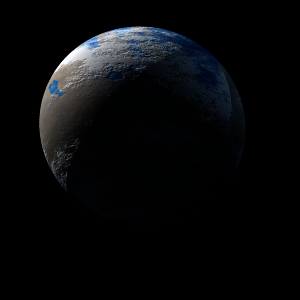|
|
Space Astro
|
Info for exoplanet "Nesoeuan"
| Scientific (actual) data |
|---|
| Planet | Kepler-1480 b |
| Planet status | Confirmed |
| Radius | 0.149 |
| Orbital period | 22.1268 |
| Discovered | 2016 |
| Updated | 2021-02-05 |
| Tconj | 2454980 |
| Publication | Announced on a website |
| Detection type | Primary Transit |
| Alternate names | 2MASS J19275994+4918065 b, K03365.01, KIC 11455428 b, KOI-3365 b, KOI-3365.01, Kepler-1480 A b, WISE J192759.95+491806.6 b |
| Star name | Kepler-1480 |
| Right ascension | 292° |
| Declination | 49.3° |
| Mag j | 13.08 |
| Mag h | 12.64 |
| Mag k | 12.584 |
| Star distance | 540 |
| Star metallicity | 0.07 |
| Star mass | 0.85 |
| Star radius | 0.81 |
| Star age | 4.79 |
| Star temperature | 5156 |
| Star alternate names | 2MASS J19275994+4918065, KIC 11455428, KOI-3365, Kepler-1480 A, WISE J192759.95+491806.6 |
| Wikipedia article | Kepler-1480 b |
Back
| |
| Fictional info (?) |
|---|
| Suggested name | Nesoeuan |
| Planet type | Cold planet |
| It is named after the deity Nesoeuan, the goddess of love and beauty.
As one of the brightest objects in the sky, Nesoeuan has been a major influence in native culture for as long as records have existed.
The rotational period and seasonal cycles of Nesoeuan are likewise similar to those of Lenepoly, as is the tilt that produces the seasons.
Future astrobiology missions are planned, including the Nesoeuan 1600 and ExoNesoeuan rovers.
A prominent result is the "great brown spot", a giant storm that is known to have existed for centuries since it was first observed by radar. |
| Atmosphere | Carbonyl sulfide | 90% |
| Sulfur dioxide | 9.1% |
| Helium | 0.3% |
| Neon | 3.7E-5% |
| Atmospheric pressure | 19 bar |
 |
| No known satellites |
| Google search for Nesoeuan |
|
Website by Joachim Michaelis
|
|
|
|